By Tommy Clarkson from the December 2016 Edition
African Iris, Dietes bicolor (Sometimes confused with, or incorrectly called, Dietes vegeta, Dietes Moraea and Dietes iridioides
Family: Iridaceae
Also known as: Spanish Iris, Peacock Iris, Butterfly Iris, Fortnight Iris, Bicolor Iris, Yellow Wild Iris, Evergreen Iris and Peacock Flower
(I seem to have a numbskull knack for picking out plants that I like and want to incorporate into the Ola Brisa Gardens plant family about which little has, heretofore, been written. The African Iris is just such a species! Beyond that, like so many tropical plants, I’ve learned over the course of my studying and growing them, there is significant misunderstanding and debate as to their proper botanical place and name. )
Horticulturist Dr. Douglas F. Welsh, of the Texas AgriLife Extension Service, states that “Confusion over (the) correct naming of these African plants occurred when the large plant group known as Moraea was split and renamed: those with evergreen rhizomes were now Dietes, and those having corms were left in the Moraea group.”
The genus name “Dietes” is comes from the Greek word “dis” meaning twice and “etes” means an associate and refers to the position of this genus between its two relatives, Moraea and Iris
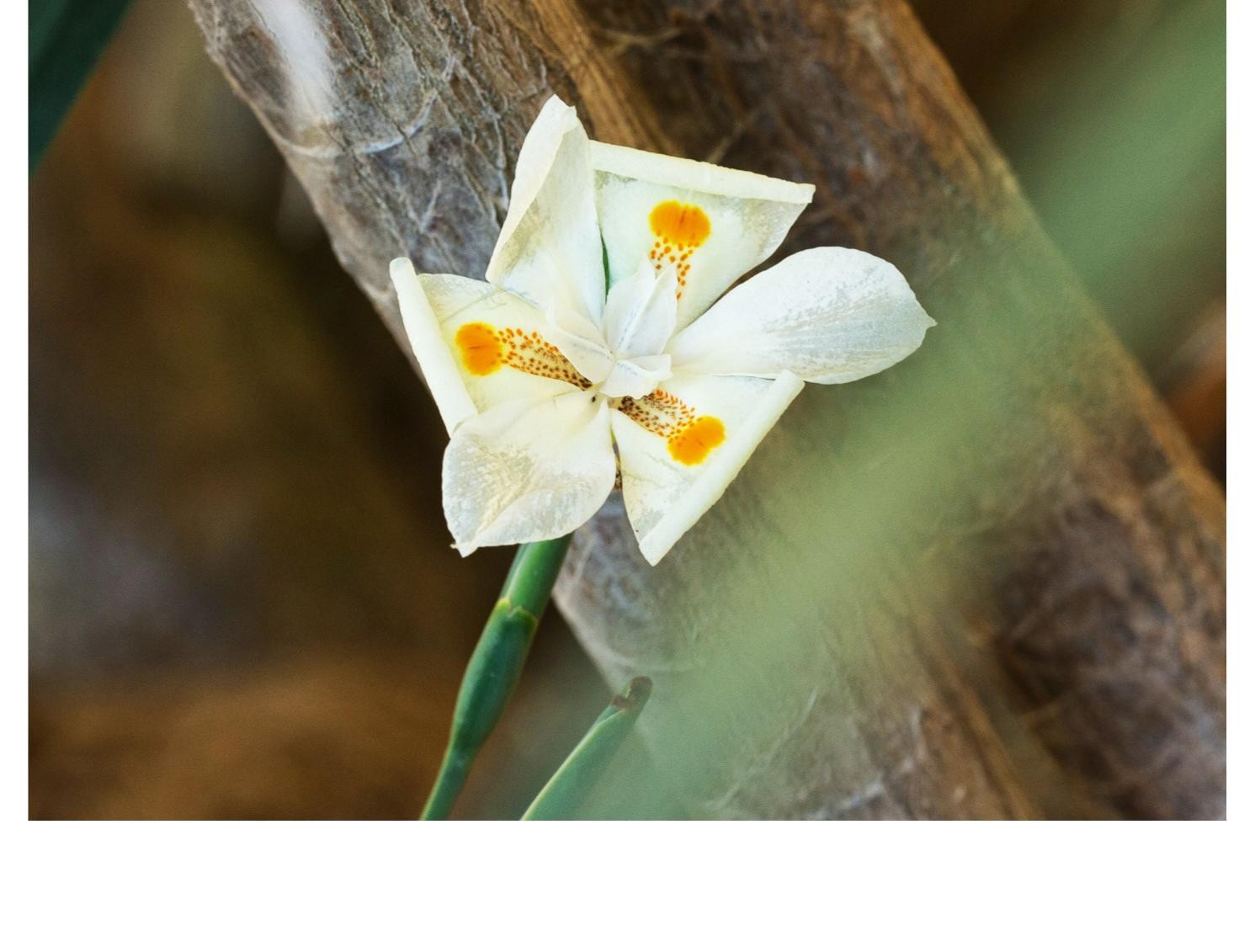
(Ya’ got all of that? It may be on the mid-term test or, at the very least, a conversation starter for your next block party!)
If nothing else, any plant that is liked by bees, butterflies and birds has got to be OK with me! The African Iris is such a plant.
At a more basic and down-home level, the Dietes family is comprised of some six species of rhizomatous herbs that originated in the tropical environs of southeastern Africa. Tough little, self-seeding characters, they are quite resistant to pests and gardeners alike, being difficult to remove from their adopted terra firma home once they’ve fully set up residency! Beyond that, it germinates easily and can tolerate a wide spectrum of growing conditions.
The small, beautiful flowers last but one day, however fear not others follow throughout the year. The flowers close by midday, except on overcast days (and Irish holidays I may choose to observe)! These dainty, profusely-blooming, small, pale yellow, bi-sexual flowers feature a dark brown spot at their base.
The Dietes bicolor will bloom less vigorously in wetter environs or where the evenings are warm. Yet it can withstand short periods of cold weather.
Typical of Irises, its sword-shaped leaves are arranged in an equitant (fan-shaped) manner. These ¼ to 3/8 inch- (.4 – 1 cm) wide linear, grass-like leaves range from twenty-four to forty-eight inches (60 – 120 cm) tall.
Plant them where they can enjoy full or partial sun and water moderately. Down below, they generally prefer sandy, loamy and silty soil but, in all reality, are not all that fussy as to soil type in which they are planted.
Like Banana or Hibiscus plants, when a stem has stopped flowering, it should be cut back to the ground level.
-
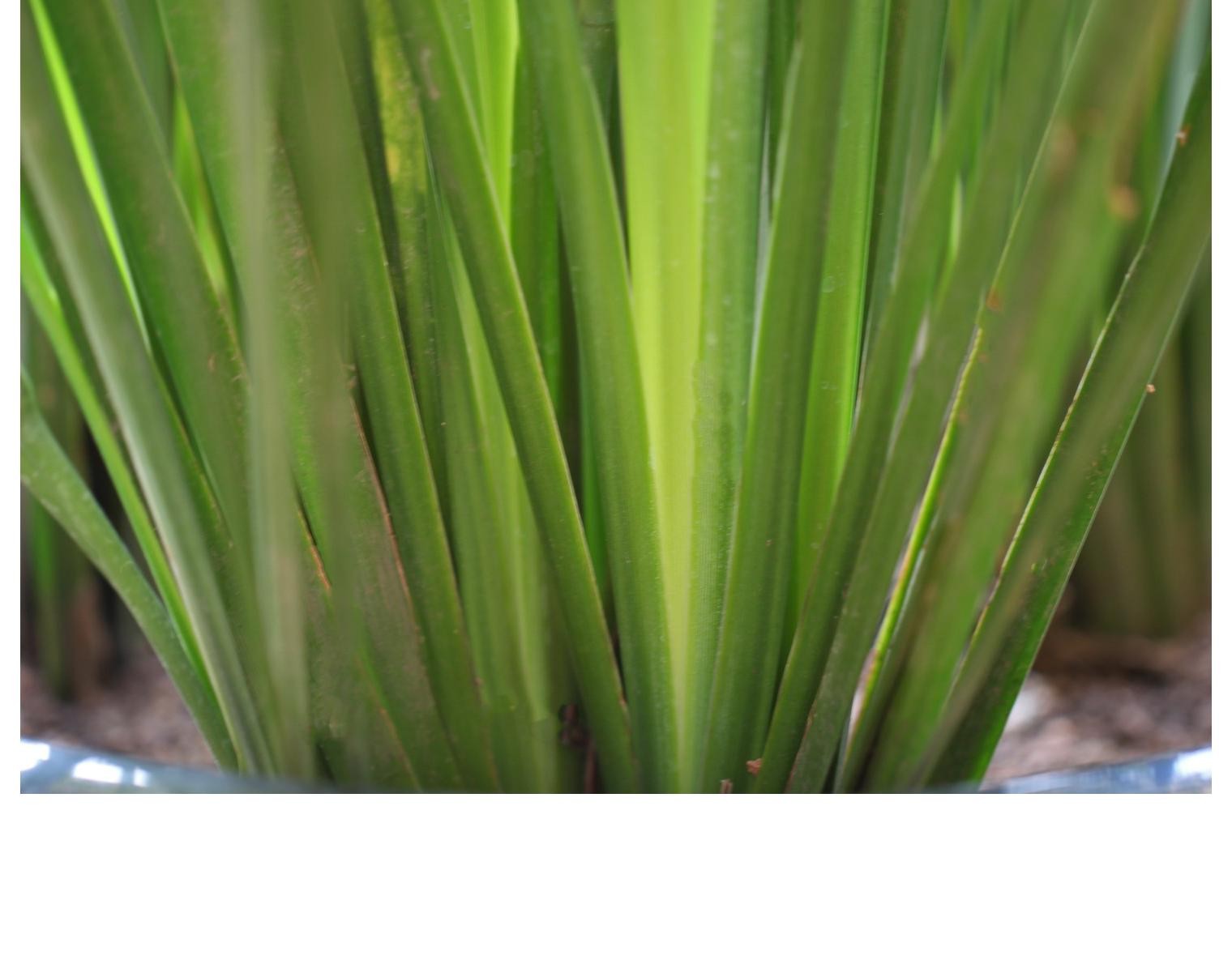
We have since moved ours to where it can receive a bit more sun each day As to purported uses of the African Iris, infusions made from the inner part of the rhizome, taken orally or via enemas, is thought to treat dysentery; in some cultures, the rhizomes are used during childbirth or for hypertension; and ground rhizomes are ingredients in tonics for ailing goats. (I kid you not!)
Regarding folklore – calling this a Rain Iris – some folks believe that the flowering of this plant presages rain.
In Africa, some subscribe to the belief that, if one had been to a funeral or entered a house with a corpse, it was imperative that they chew the African Iris rhizome and spit on the ground so as to cast out bad luck. Failure to do so, the belief so went, meant that an immediate member of one’s family would soon die.
The African Iris can be effectively used as a border plant, beside pools, mass planted, or strategically placed in an oriental garden.
One might wish to seek out a plant or two of the larger flowered White Wild Iris (Dietes grandiflora) and plant them in a complementary manner.
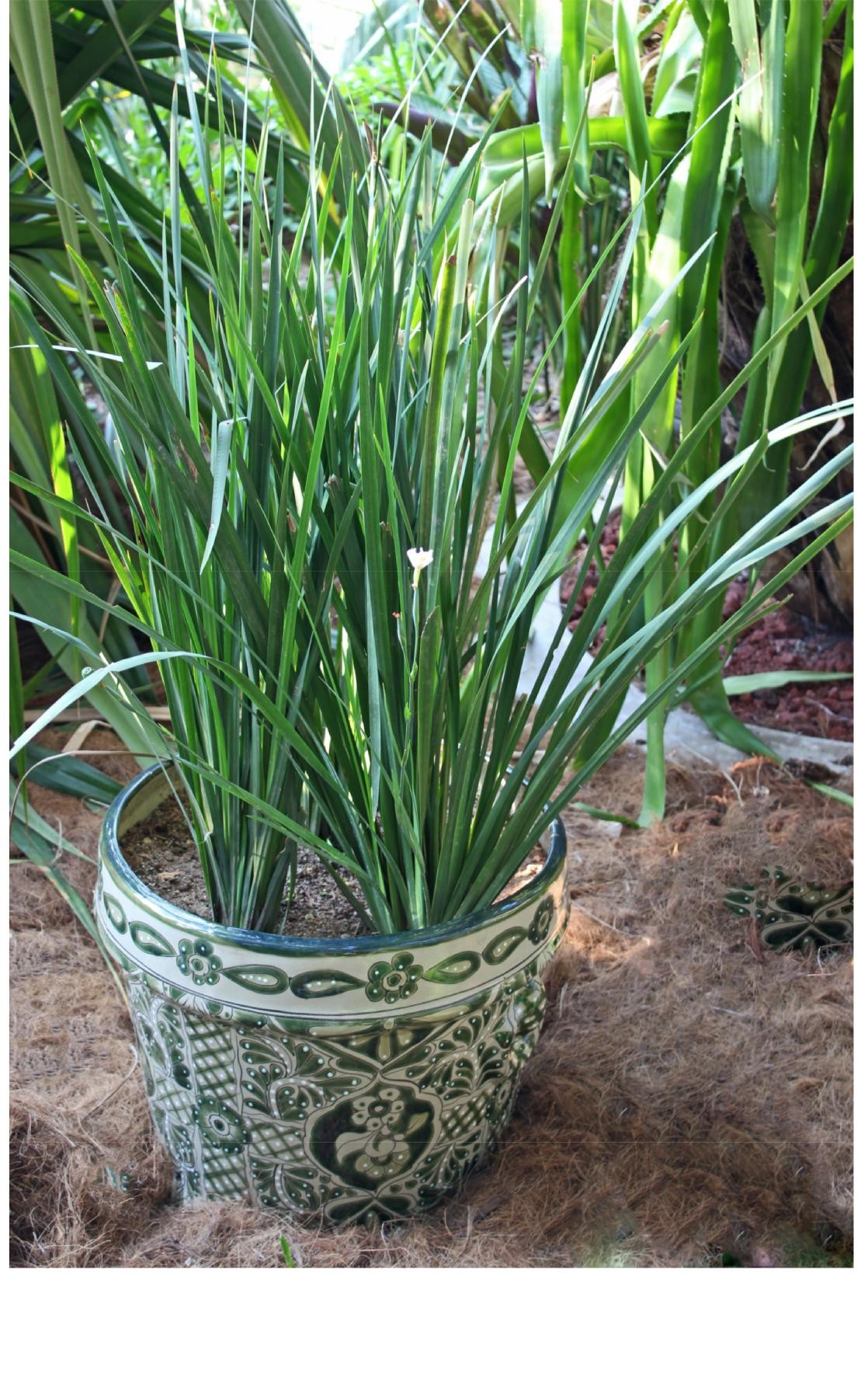
Its thick, wide linear, grass-like leaves range from twenty-four to forty-eight inches tall As regards some of its relations, Detes vegata presents itself in large, grassy clumps with numerous three-inch (7.62 cm) pale, yellow flowers marked with yellow and violet. The cultivars called ‘Orange Drops’ and ‘Lemon Drops’ are actually Dietes hybrids. The Dietes iridioides is rather similar in appearance to the Dietes bicolor but has blue or purple streaks emanating from the center of the flower.
Bottom line: Interesting plant!
For back issues of “Roots”, gardening tips, tropical plant book reviews and videos of numerous, highly unique eco/adventure/nature tours, as well as memorable “Ultimate Experiences” such as Tropical Garden Brunches
Visit us at… www.olabrisagardens.com
Download the full edition or view it online

—
Tommy Clarkson is a bit of a renaissance man. He’s lived and worked in locales as disparate as the 1.2 square mile island of Kwajalein to war-torn Iraq, from aboard he and Patty’s boat berthed out of Sea Bright, NJ to Thailand, Germany, Hawaii and Viet Nam; He’s taught classes and courses on creative writing and mass communications from the elementary grades to graduate level; He’s spoken to a wide array of meetings, conferences and assemblages on topics as varied as Buddhism, strategic marketing and tropical plants; In the latter category he and Patty’s recently book, “The Civilized Jungle” – written for the lay gardener – has been heralded as “the best tropical plant book in the last ten years”; And, according to Trip Advisor, their spectacular tropical creation – Ola Brisa Gardens – is the “Number One Tour destination in Manzanillo”. -


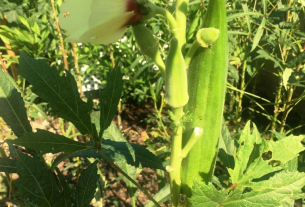
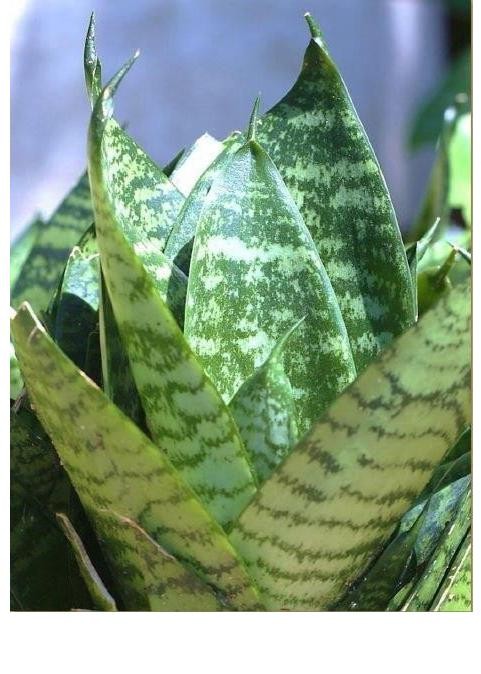
You must be logged in to post a comment.